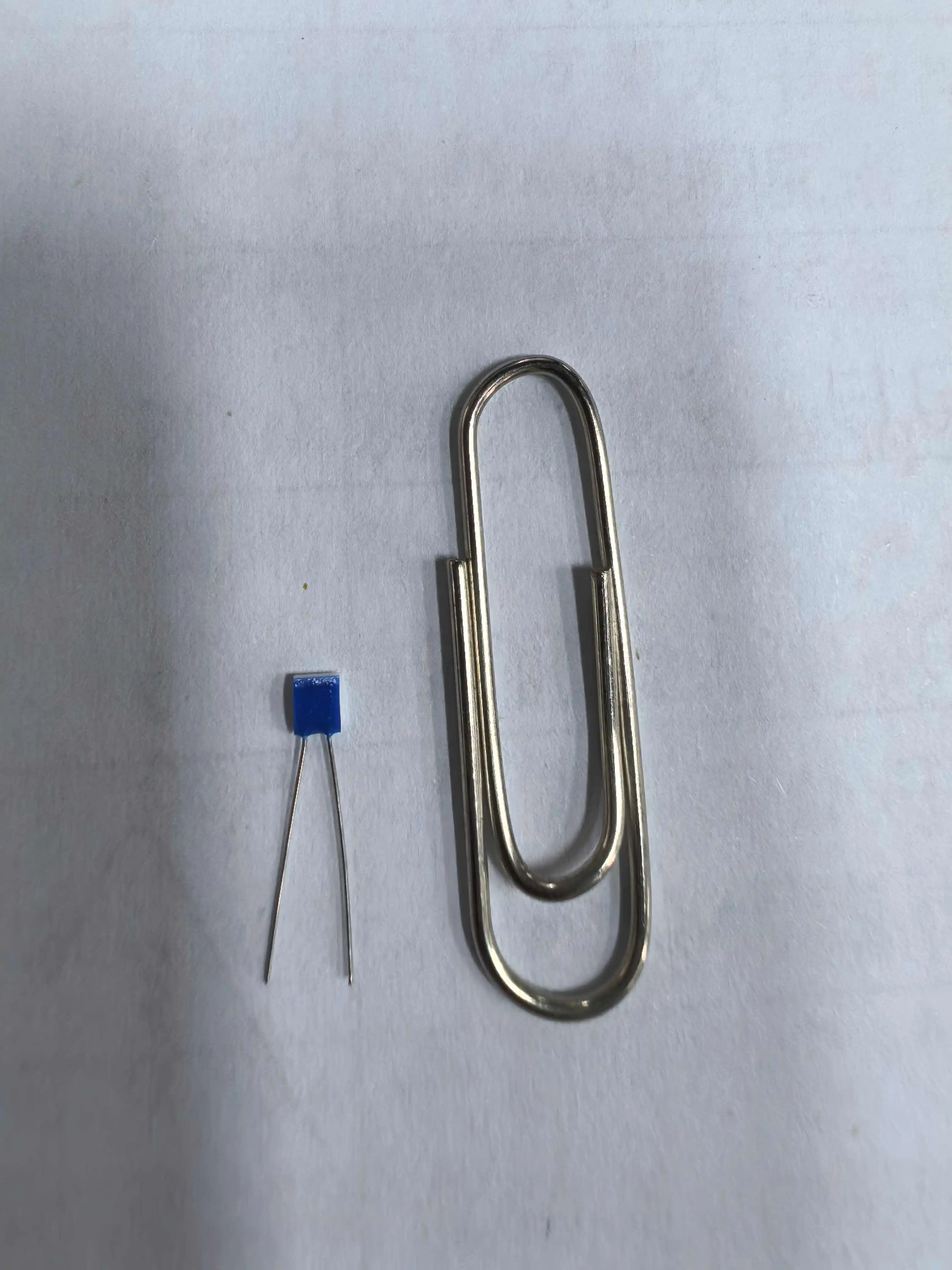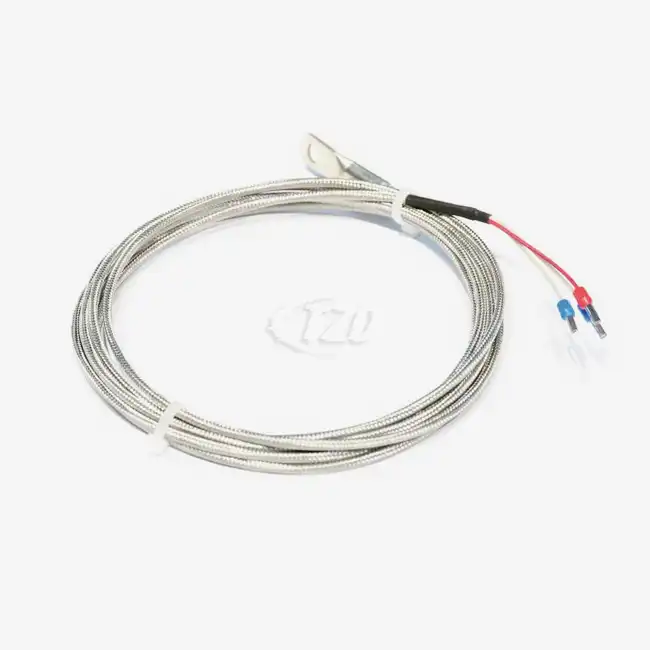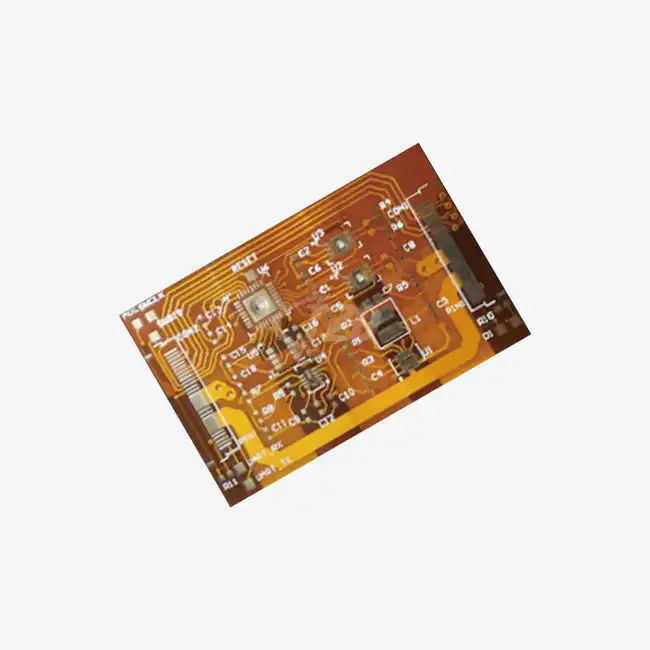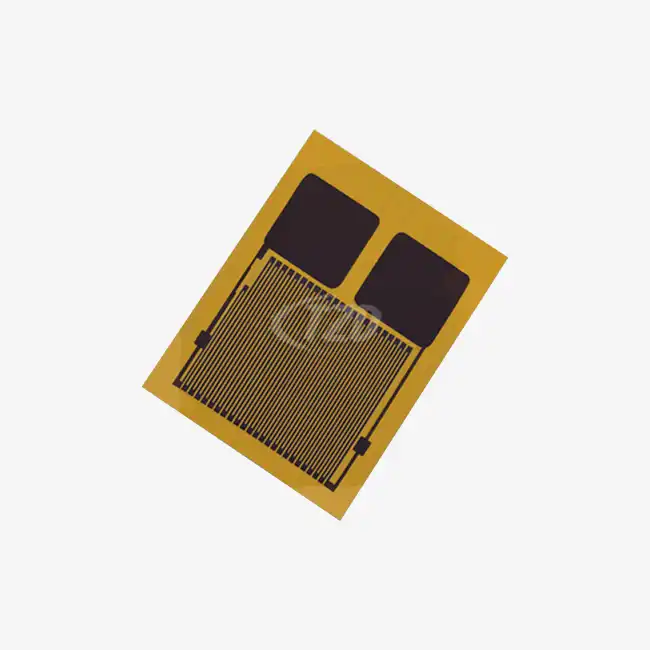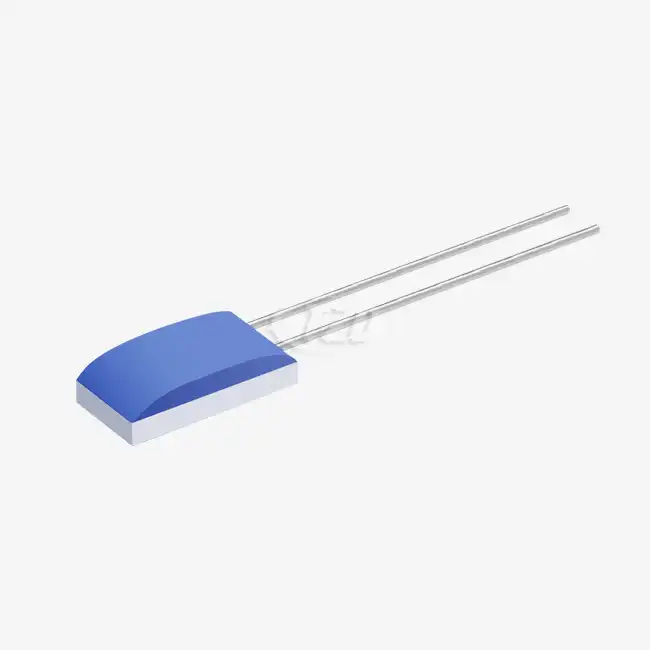Introducing the High-Stability Pt1000 Sensor
Characteristics and Advantages of Pt1000 Sensors
High-Stability Pt1000 Sensors are platinum resistance thermometers that offer exceptional accuracy and reliability in temperature measurement. These sensors leverage the principle of resistance change with temperature, providing a linear response over a wide range. The "1000" in Pt1000 denotes a resistance of 1000 ohms at 0°C, offering higher sensitivity compared to their Pt100 counterparts.
Pt1000 sensors boast several advantages, including excellent long-term stability and repeatability. With a temperature coefficient of 3850 ppm/°C, these sensors exhibit a predictable and consistent response to temperature variations. Their operating range typically spans from -200°C to +850°C, making them suitable for diverse applications in industrial, medical, automotive, and aerospace sectors.
Key Specifications for Optimal Performance
To achieve peak performance from a High-Stability Pt1000 Sensor, it's essential to consider its key specifications. The sensor's element dimensions can vary, with common sizes including 2.0mm x 2.3mm x 1.0mm and 2.0mm x 4.0mm x 1.0mm. These compact dimensions allow for integration into space-constrained environments.
The lead specifications play a crucial role in sensor performance. Typical lead lengths are around 10 mm, with a diameter of 0.2 mm. The lead material is often platinum-nickel wire, though options like silver-palladium, platinum, or pure silver may be available. The lead tensile strength of ≥9 N ensures durability during installation and operation.
Insulation resistance is another critical parameter, with values typically around 100 MΩ at 20°C and >2 MΩ at 500°C. This high insulation resistance helps maintain measurement accuracy across the sensor's operating range. The operating current for these sensors is typically between 0.1–0.3 mA, with considerations for self-heating effects.
Wiring Techniques for Maximum Stability
Four-Wire Configuration: The Gold Standard
The four-wire configuration is the preferred method for wiring High-Stability Pt1000 Sensors. This technique effectively eliminates errors caused by lead resistance, which can significantly impact measurement accuracy, especially in applications with long cable runs or varying environmental conditions.
In a four-wire setup, two wires are connected to each end of the sensor element. One pair of wires carries the excitation current, while the other pair measures the voltage drop across the sensor. By separating the current and voltage paths, the effects of lead resistance are nullified, resulting in highly accurate temperature readings.
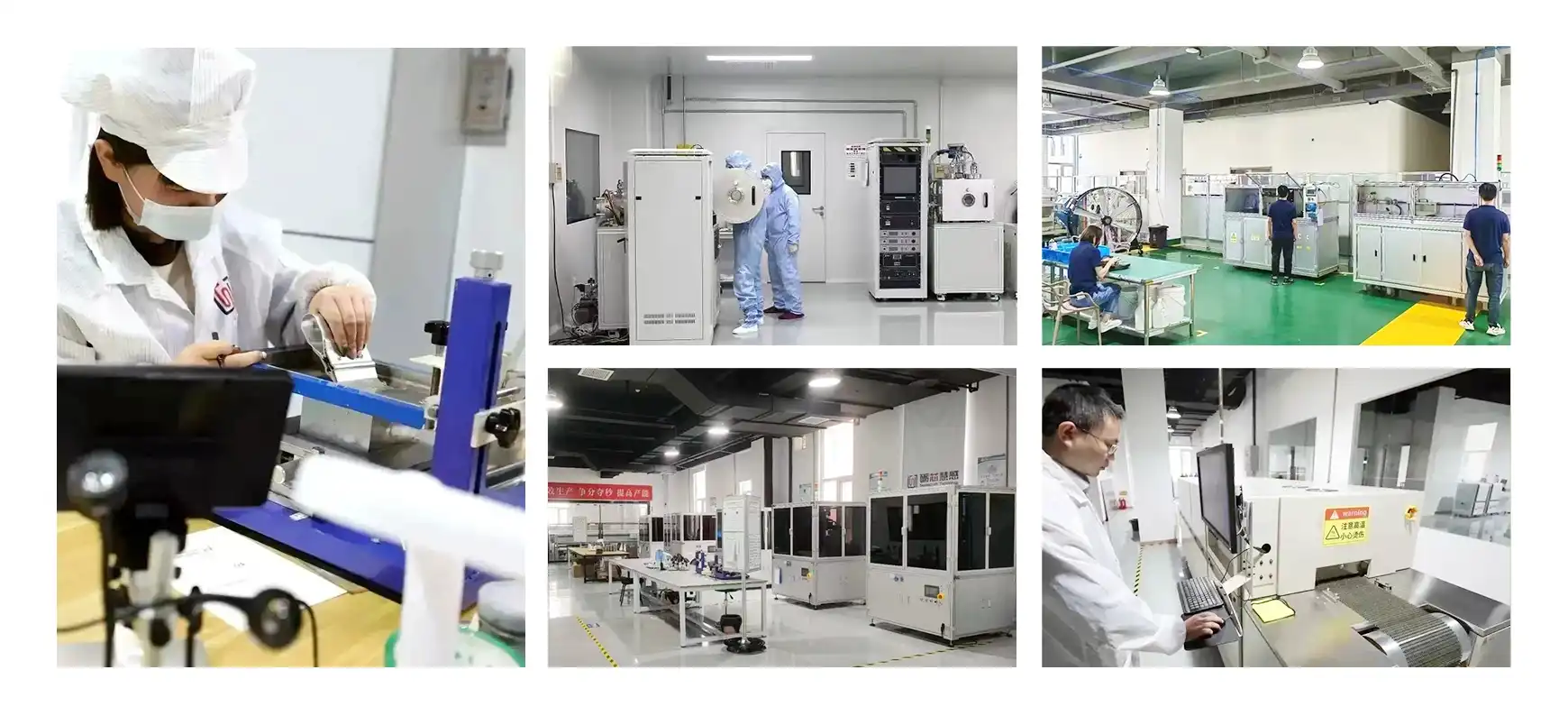
Cable Selection and Shielding
Selecting the appropriate cable is crucial for maintaining the stability of Pt1000 sensor measurements. Shielded cables are recommended to minimize electromagnetic interference (EMI) and radio frequency interference (RFI). The shield should be grounded at one end to prevent ground loops.
For optimal performance, use cables with consistent wire gauges and lengths. This practice helps balance any residual lead resistance effects and maintains measurement symmetry. In high-temperature applications, consider using cables with temperature ratings that match or exceed the sensor's operating range.
Connection and Termination Best Practices
Proper connection and termination techniques are essential for preserving the High-Stability Pt1000 Sensor's performance. Use high-quality, low-resistance connectors that are appropriate for the operating environment. Crimp or solder connections should be executed with precision to ensure low contact resistance and mechanical stability.
In environments prone to vibration or shock, such as those with ≥40g acceleration in the 10–2000 Hz range or ≥100g acceleration for 8 ms half-sine waves, use strain relief and secure mounting methods to protect the sensor and its connections. This precaution helps maintain the sensor's long-term stability, which is typically ≤±0.04% resistance drift of R₀ after 1000 hours at 500°C.
Optimizing Sensor Performance in Challenging Environments
Temperature Compensation and Calibration
To achieve peak performance from High-Stability Pt1000 Sensors in varying environmental conditions, implementing temperature compensation and regular calibration is crucial. Temperature compensation techniques account for ambient temperature fluctuations that might affect the sensor's readings. This process often involves using additional temperature sensors or mathematical models to adjust for these variations.
Calibration is equally important for maintaining accuracy over time. Regular calibration checks help identify any drift in the sensor's response and allow for necessary adjustments. For high-precision applications, consider using sensors with a temperature coefficient (TCR) of 3850 ppm/°C, as this provides a stable and predictable response across a wide temperature range.
Mitigating Self-Heating Effects
Self-heating can be a significant source of error in High-Stability Pt1000 Sensor measurements, particularly in low-temperature applications or environments with poor heat dissipation. The self-heating coefficient, typically around 0.4°C/mW at 0°C, indicates the temperature rise per unit of power dissipated in the sensor.
To mitigate self-heating effects, it's crucial to use the lowest practical excitation current, usually between 0.1–0.3 mA. Additionally, implementing pulsed excitation techniques can further reduce self-heating while maintaining measurement accuracy. In applications where self-heating cannot be avoided, compensate for its effects through software algorithms or by characterizing the sensor's behavior under various operating conditions.
Enhancing Response Time in Dynamic Applications
In applications requiring rapid temperature measurements, optimizing the sensor's response time is essential. The response time of a High-Stability Pt1000 Sensor varies depending on the medium it's measuring. For instance, in water flow (V=0.4 m/s), typical response times are t₀.₅ = 0.05 s and t₀.₉ = 0.15 s. In airflow (V=2 m/s), these values increase to t₀.₅ = 3 s and t₀.₉ = 10 s.
To enhance response time, consider using sensors with smaller dimensions, as they have lower thermal mass. Additionally, ensuring good thermal contact between the sensor and the measured medium is crucial. In some cases, using thermally conductive compounds or optimizing the sensor's mounting can significantly improve response times, allowing for more accurate tracking of rapid temperature changes.

Conclusion
Properly wiring and optimizing a High-Stability Pt1000 Sensor is crucial for achieving peak performance in temperature measurement applications. By implementing four-wire configurations, selecting appropriate cables, and following best practices for connections and terminations, you can maximize the sensor's accuracy and reliability. Additionally, addressing challenges such as temperature compensation, self-heating effects, and response time optimization will further enhance the sensor's performance in diverse and demanding environments.
For more information on high-performance temperature sensing solutions and expert guidance on implementing High-Stability Pt1000 Sensors in your applications, please contact our team at sales11@xatzd.com. Our specialists are ready to assist you in achieving precise and reliable temperature measurements across a wide range of industrial, medical, automotive, and aerospace applications.
